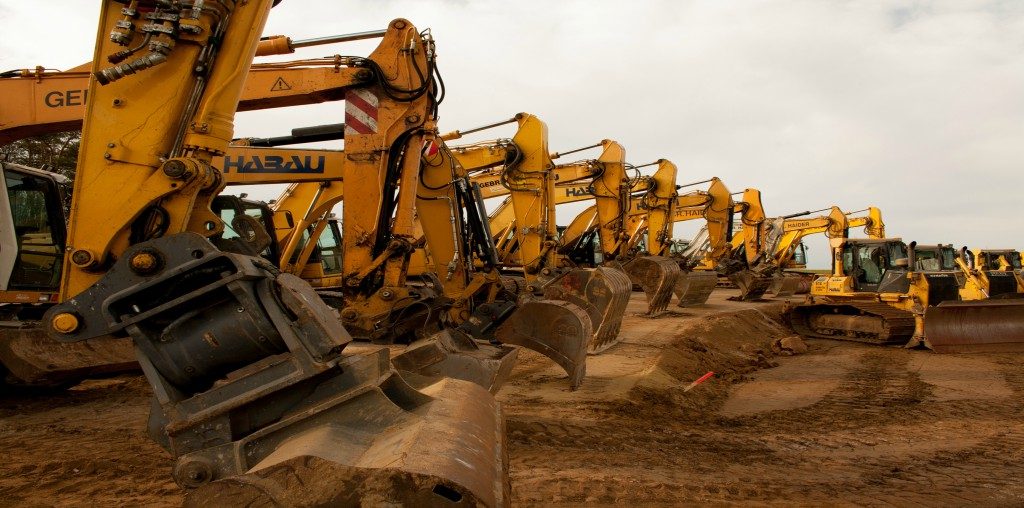Job growth continues on an upward trend in southwestern Pennsylvania. The region added 14,700 jobs from March 2017 to March 2018—a 1.3 percent increase, according to U.S. Bureau of Labor Statistics data.
Last year, the region added 12,600 jobs – a 1.1 percent year-over-year increase, bucking a four-year trend of stagnant job growth. The latest numbers suggest that the region may be settling into a long-anticipated sustained period of job growth.
Despite the positive trend, job growth in the seven-county Pittsburgh Metropolitan Statistical Area still lags the 1.8 percent average among 16 Pittsburgh Today benchmark from March 2017 to March 2018. Increasing that average was Austin, Texas, where jobs increased 5.1 percent, and Seattle, Washington, where jobs grew by 3.4 percent.
But job growth differences are not necessarily an indication of how southwestern Pennsylvania compares in terms of economic competitiveness.
“Pittsburgh is not a region with a lot of population growth,” said Chris Briem, regional economist at the University of Pittsburgh University Center for Social and Urban Research. “Two-thirds of the economy is made up of jobs providing goods and services to the local population. So comparing Pittsburgh, a place without a lot of demographic growth, to places that are experiencing demographic growth, you’re going to get different pictures—and not a picture that’s saying one region is doing better than another in terms of its fundamental economic competitiveness.”
All of the benchmark regions posted positive job growth in March. Cleveland experienced the least growth with jobs increasing only .4 percent increase during the 12-month period.
In the Pittsburgh MSA, job growth was largely due to a surge in the mining, logging and construction sector, which increased by 11.1 percent.
“Construction numbers are at an all-time high for March,” said Briem. “They’re booming up at the [Shell ethane cracker plant in Beaver County] and they will be for the next few years.”
Regional education and health services jobs rose 2.4 percent; information sector jobs increased 2.2 percent; leisure and hospitality jobs rose 3.6 percent.
“We have some job growth, not a lot,” Briem said. “I don’t think Pittsburgh’s going to be a gazelle of a job creator for a long time. I think the fact that we had job growth in the face of population decline says something. That’s a pretty positive story in itself and not common.”





